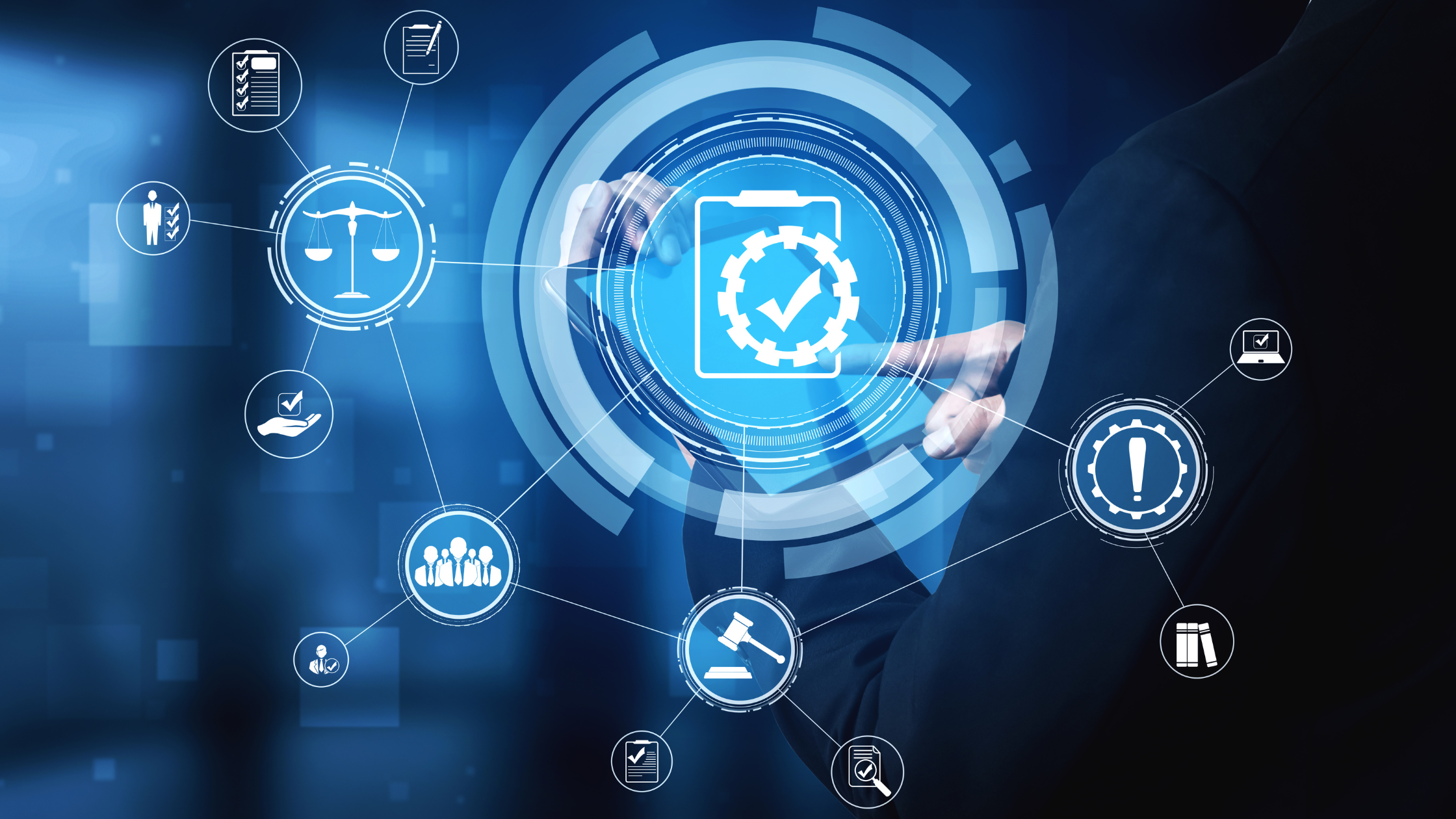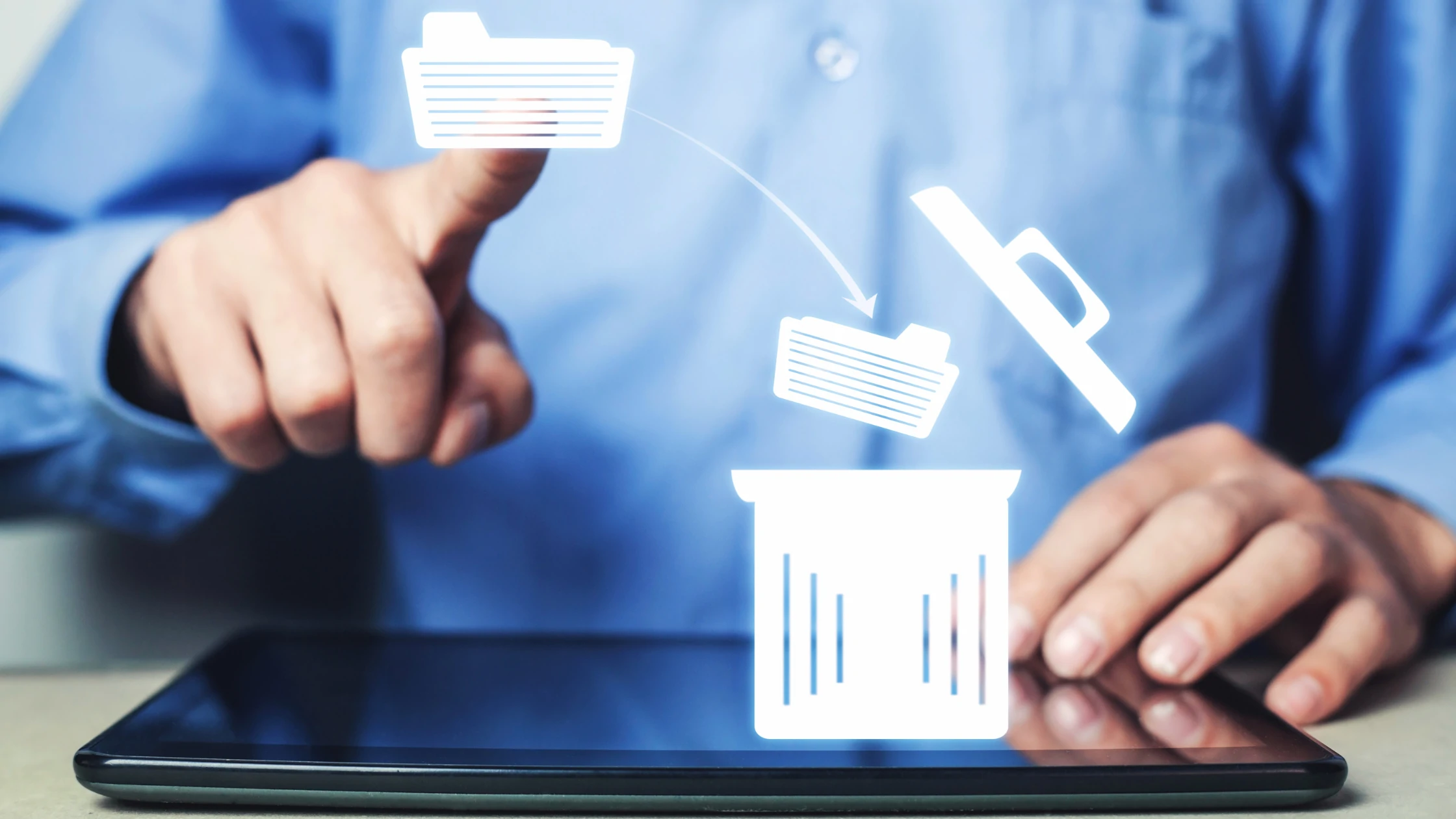Do you know how you’ll continue to operate if major issues arise within your business? Whether it’s a digital disaster or brick-and-mortar mayhem, having a plan in place to keep your systems running and your people working is critical.
Today’s post touches on the basics of business continuity and why you need a plan.
What Is Business Continuity?
Business continuity is simply your ability to keep your operations running in the face of a disaster. It is a plan implemented to keep moving in your everyday direction despite disruptions. Resilience, recovery, and contingency are the three key components in a business continuity plan.
Your business continuity efforts should include having the right people in place – your crisis management team – and them knowing what to do to get back up and running. The goal: minimal disruptions for your clients, employees, and others that rely on your business.
Disaster Recovery
Disaster recovery is a huge part of business continuity, but it’s important to understand the distinction. Your business continuity is a comprehensive plan that keeps operations up and running. Disaster recovery focuses more on your infrastructure and data.
The Three Keys
Now, let’s take a look at what resilience, recovery, and contingency actually means as it relates to business.
Resilience is essentially your business’s bedrock. This is your ability to withstand disruptions and adapt as circumstances change. Resilience means being flexible and proactive. A few examples here might mean having multiple suppliers to fall back on or having employees trained in more than one area.
Recovery means bouncing back. During the recovery phase of your business continuity plan, you’ll restore functions and reestablish your procedures to get back to business as normal. This might include data and system backups.
Contingency is your plan B. This is where you have a “just in case” playbook ready to tackle the “what if” situations that you can’t always plan for. Alternative communication channels and a pre-existing ability to work remotely, if necessary, fall into this category.
Ultimately, you can look at these three factors as a way to bypass the worst of a bad situation. Resilience helps you whether the proverbial storm, recovery helps you find solid footing, and your contingency components help you navigate your way back to pre-disaster operations.
Have questions? Contact ITC today, and let our experts help you keep your business up and running when disaster strikes.





